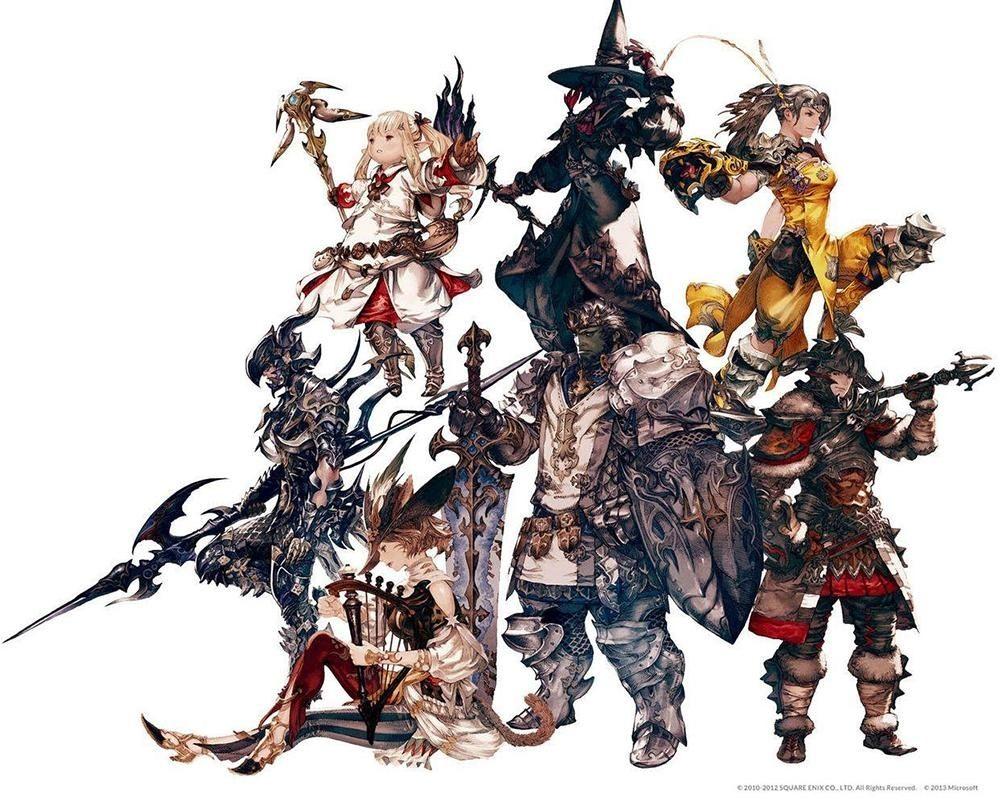Bravely Default
February 11, 2014
Grade: A
It starts with a cry for help. It is the player’s duty to stop the land from being swallowed by darkness. And thus, Bravely Default begins.
Bravely Default follows the story of four characters. There’s Tiz, a 19-year-old country boy whose entire village is swallowed up by a chasm that appears out of nowhere at the start of the game.
Later, players meet Angés, Vestal of the Wind Crystal. Vestals are guardians of the four crystals in the world: wind, water, fire and earth. Angés’s mission is to contact the other three Vestals and rescue them if necessary. Unfortunately, she is constantly being chased by the Eternian Empire, a group that rejects the need for the crystals in the world.
Soon after, the player meets the comically named Ringabel, an amnesiac who’s quite the ladies man. The only thing he had when he woke up was a strange journal that could predict the future. This journal is used as a guide for a lot of things in the story. If the characters are stuck, the journal tells them where to go next.
The last member of the group is Edea, daughter of the Eternian Empire’s Grand Marshall. She is a traitor to her country, as she joins the player’s group shortly after Ringabel is introduced. She is a teenage character, so many players can relate to her sarcasm.
As for the gameplay itself, it’s the typical Role Playing game. It has a job class system similar to the likes of Final Fantasy III. The player can switch classes whenever they like, and each class has its own set of special abilities and characteristics. The Monk Class is more physically-based, while the Black Mage class relies on magic to deal heavy damage. This system allows for a variety of different strategies at different points in the game.
As the player defeats generals of the Eternian Army, more of these jobs open up. The Merchant Class, where the player can use the in-game currency as powerful attacks or to buy healing items in the heat of battle, complements other classes well.
Each class has a set Command Skill that you cannot change. However, each character also has a changeable Command Skill that you can choose from the Command Skills that other classes have. White Mages don’t have much physical attack, and their offensive magic is impractical because players need Magic Points (MP) for healing. Players can give White Mages the Merchant skill set so they have attack options that don’t waste MP. This allows for flexibility with certain classes, as the player can pad out their weaknesses or accentuate their strengths.
The main focus of the combat is the Brave and Default system. Players can use
Brave Points to attack multiple times per turn. If a player were to allow their Brave Points to go into the negatives, they wouldn’t be able to move for a few turns. That’s where the Default command comes in. By selecting Default, a player can not only mitigate damage taken from enemy attacks but also store Brave Points. By expending these stored Brave Points, players won’t have to worry about not being able to move on the next turn. However, enemies can also use Brave and Default, adding a deep strategy element to the combat.
Considering how well the characters can handle combat situations, this game seems like a breeze. It’s not. It’s quite the opposite of easy, in fact. Regular enemies will defeat the party easily if players don’t handle the situation correctly. The bosses are no pushovers either. Some inflict massive damage, some heal themselves, and others inflict detrimental status ailments that can cripple the party. This isn’t a game for the faint of heart.
Half of the available classes are optional. The optional classes are obtained through in-depth side quests that have their own subplots depending on what town players are in. In the desert town of Anchiem, there’s a plot going on to inflate the price of water. As lower-class men go to the oasis to get water, thieves take all of their belongings. Scenarios like that really make the world seem more interesting.
This game also likes to make some references to modern culture, specifically some minor stereotypes. In the nation where all inhabitants are female, all the girls are obsessed with looking good, despite the fact that it costs them boatloads of money. It’s funny in a way that isn’t offensive, and it adds to the game’s comedic value.
Bravely Default is a funny and, sometimes, hilarious game. When one of the villains admits his secret plan to mass produce a chemical that is basically a chick magnet, there is definite humor built into the game story. There are some comedic side conversations, which adds to the game’s overall charm.
The storytelling has a unique style, which alternates between in-game scenes and well-made full motion videos (FMV). All scenes are fully voice-acted, and some voices are very fitting for the character. Some of the acting is over-the-top, however, and the few characters that deserve to be over-the-top and hammy aren’t. The Grand Marshall of Eternia? Ordinary voice. The minor Merchant that no one cares about in Anchiem? Heavy accent, with plenty of extra ham.
The music is amazing, thankfully. The best way to describe it is orchestral rock. Land of Beginnings gives the feel of a new adventure, and Land of Radiant Flowers has a beautiful air to it. My absolute favorite song is He of the Name. It’s a jamming, blood-pumping tune that is unforgettable.
Despite a few faults, Bravely Default is interesting and engrossing because of its interesting combat system and story. The side-quests are worthwhile because they not only give players extra abilities, but also increase the replay value. Not that the game needs much more because there is already a near infinite amount of replayability in this game. Which character will get this certain class; which secondary ability will they have? Which weapons do they need? The possibilities are endless, and that just makes the game even better.












